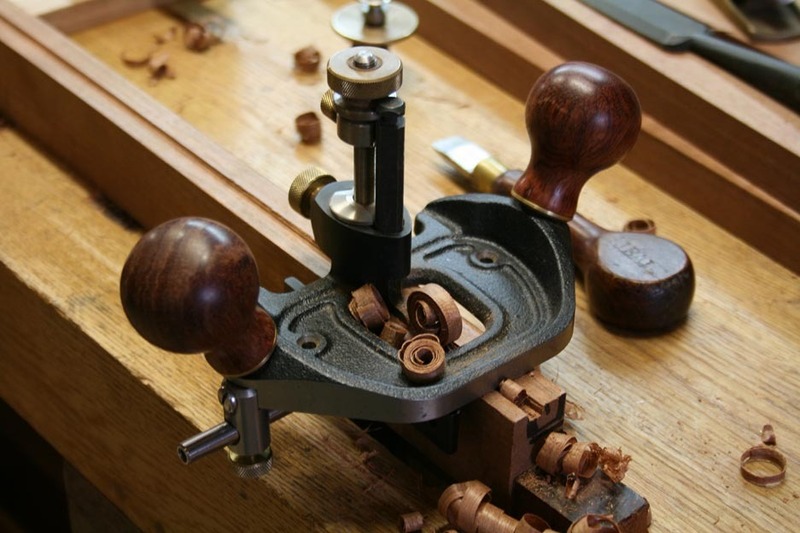That second bit is why they make dado planes and cranked-neck paring chisels.
Eric is right in principle: Anything we do with a router plane *can* be done with some other tool[s]. With that said, if we applied that sort of logic rigorously we wouldn't have a lot of tools that most people consider essential. After all, you can joint with a #4. People use router planes for the same reason they use jointers: It's a lot faster and easier than the alternatives.





 Reply With Quote
Reply With Quote



